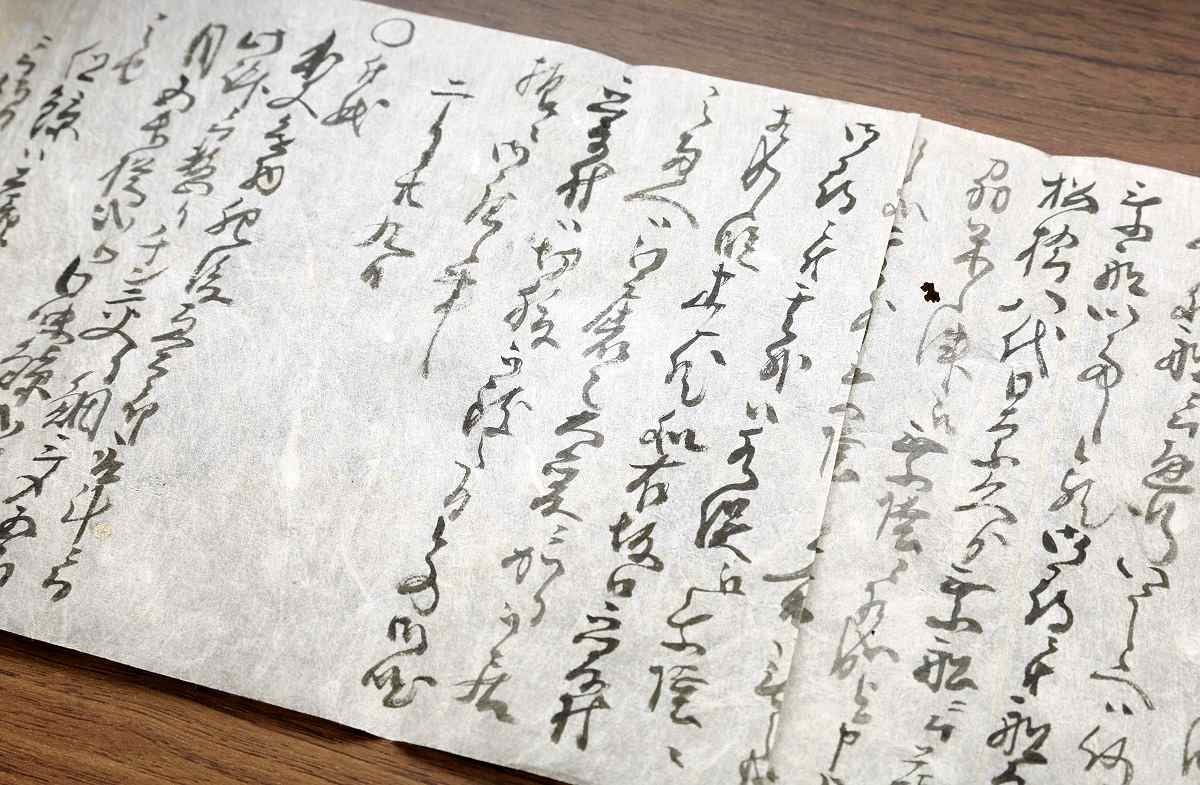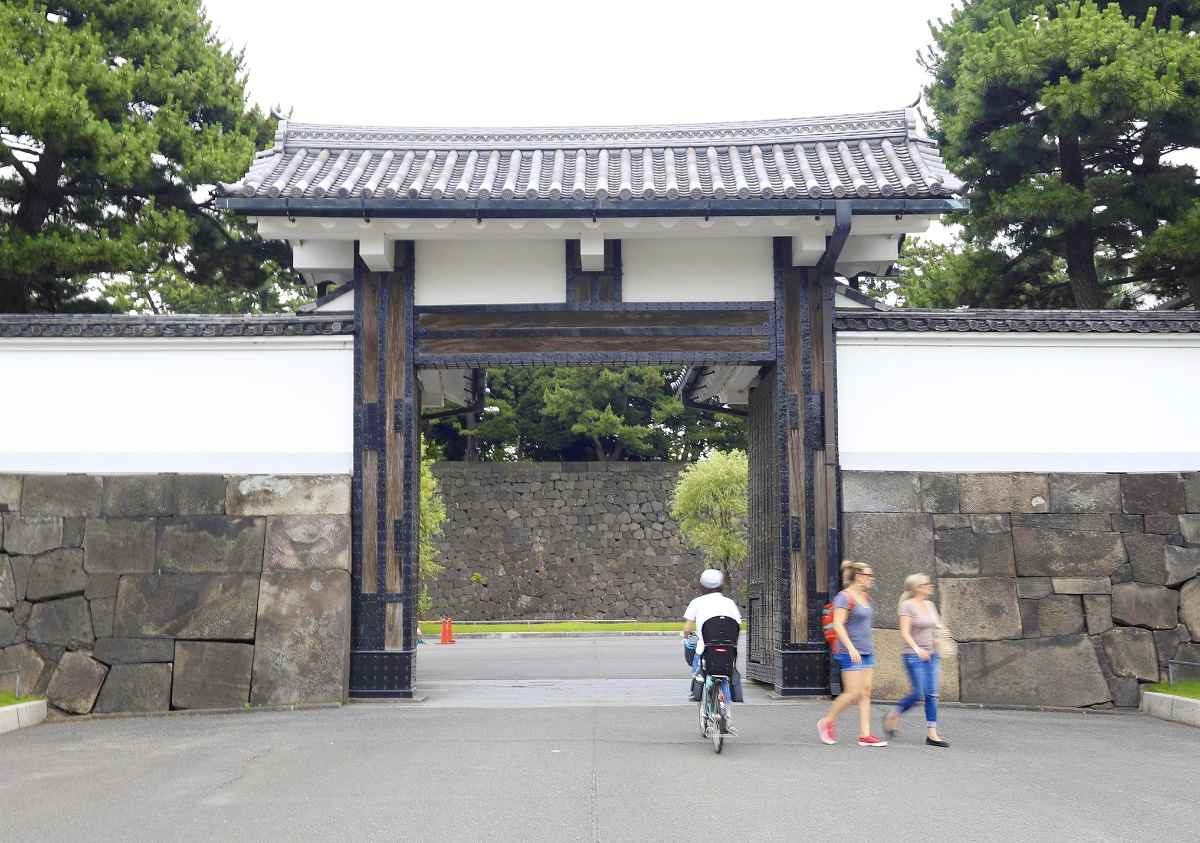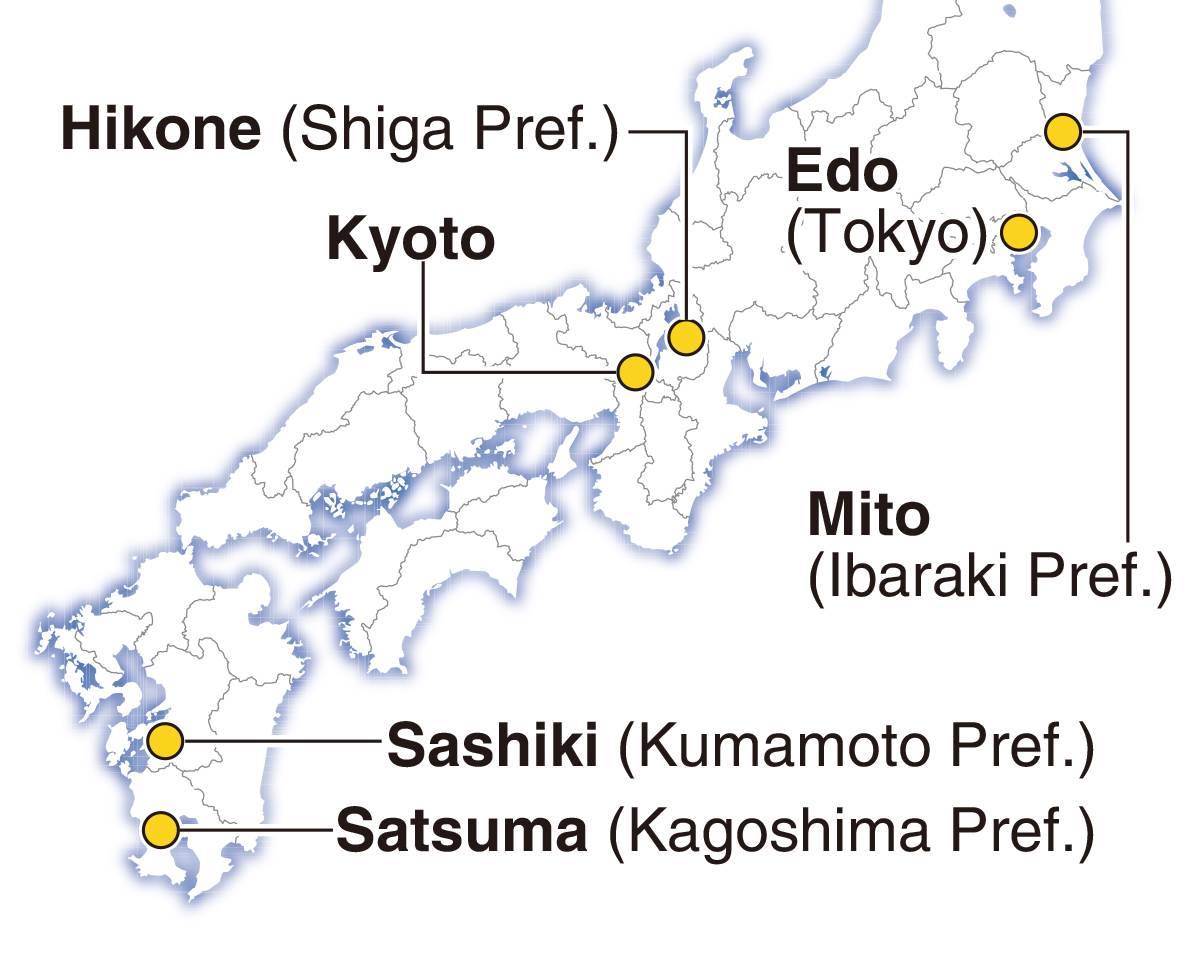
A bribe of sea bream is mentioned in newly found material relating to the 1860 assassination of Ii Naosuke.
11:30 JST, March 9, 2023
In 1860, toward the end of the Edo period (1603-1867), the highest-ranked aide to the shogun was assassinated outside the Sakuradamon gate of Edo Castle in what is now central Tokyo. The recent discovery of a new source material has shed light on what history recalls as Sakuradamongai no Hen incident.
The victim was Ii Naosuke (1815-60), who was tairo, or the chief councilor of the Tokugawa shogunate when he died.
The newly found material is a record of correspondence between messengers from the shogunate coming to the Satsuma domain (now Kagoshima Prefecture) in search of ronin, or masterless samurai, who were involved in the assassination, and officers of the domain.
It remains unknown who wrote the document, but scholars say it adds interesting details, such as the domain trying to cajole the messengers by bribing them.
The handwritten record describes exchanges between the shogunate messengers and the domain officers at the Sashiki posting station, which is now the town of Ashikita in Kumamoto Prefecture.
Sashiki was part of Kumamoto domain, but it had a honjin stately lodging for use by the lord of the Satsuma domain during the sankinkotai mandatory courtesy call to and from the shogun in Edo.
Toyo University Prof. Tetsunori Iwashita, a specialist on the history of the late Edo period and the Meiji Restoration, acquired the record at an antiquarian bookshop in Kyoto last year and analyzed it with postgraduate student Tetsuya Kobayashi.

Sakuradamon gate in July 2017
Ledger demanded
The assassination occurred on March 3, 1860, in the seventh year of the Ansei era. Ii was on his way to the castle when he was attacked and killed by a group of ronin from the domains of Mito (now Ibaraki Prefecture) and Satsuma, who sided with the movement aimed at ending the shogunate rule and restoring the power of the Emperor. It is believed that Ii was targeted because he signed a treaty with the United States without Imperial permission and persecuted pro-Emperor, anti-shogunate activists, particularly severely during the Ansei Purge from 1858 to 1859.
Arimura Jizaemon, who decapitated Ii, was a ronin from Satsuma domain. He sustained a serious injury in the attack and disemboweled himself near the assassination site. His elder brother, Yusuke, headed to Kyoto immediately afterward to explain the situation to those concerned and to discuss the next steps with them, but he was detained by pursuers from his domain, which feared the repercussions of the assassination. After being sent to Satsuma, he was ordered to disembowel himself.
There were 17 messengers from Edo, according to the record, which describes four senior members being aboard kago litters when they went past the gate to enter the accommodation in Sashiki. The record’s entry on March 28, 1860, noted that the shogunate officers visited the honjin accommodation to check whether a Satsuma domain samurai, who was involved in detention of Yusuke, had passed through the place. The officers demanded the accommodation show them a ledger for travelers and their horses, and when they did not find the samurai’s name in the ledger, they suspected that he passed through the place on a boat. The record went on to say the shogunate officers were persistent in trying to find where the boat landed.

Bribes offered
The entry on the following day recorded that the Satsuma officers showed a list of bribes to the officers from the shogunate, such as sea bream. They also suggested a gift of whale meat at the Hikone posting station in what is now Shiga Prefecture. According to Iwashita, whale might be have been a coded reference to cash.
Thanks to a memoir written during the Meiji era (1868-1912) by a former Satsuma domain samurai, it is known that messengers from the shogunate were bribed when they were told by the Satsuma side to examine the buried body of Yusuke.
“[Satsuma domain officers] bribed shogunate officers in Sashiki, probably because they did not want the investigation to reach inside their domain,” said historian Sakujin Kirino, who is well-versed in the history of the bakumatsu period, or the final years of the Edo period. “From the historical source material, we can see that the Satsuma domain struggled in responding to the situation because the shogunate’s inquiries into their dealing with the aftermath of the assassination were so harsh that they reached the domain border.”
The record will be discussed in detail in an academic journal, the 59th issue of Hakusan Shigaku, which will be published in late March.
"Society" POPULAR ARTICLE
-

M4.9 Earthquake Hits Tokyo, Neighboring Prefectures
-

Israeli Tourists Refused Accommodation at Hotel in Japan’s Nagano Pref., Prompting Protest by Israeli Embassy and Probe by Prefecture
-

M7.5 Earthquake Hits Northern Japan; Tsunami Waves Observed in Hokkaido, Aomori and Iwate Prefectures
-

Tsukiji Market Urges Tourists to Avoid Visiting in Year-End
-

High School in Kyoto Says Students Shoplifted during Recent School Trip to Bali, Indonesia
JN ACCESS RANKING
-

Tokyo Economic Security Forum to Hold Inaugural Meeting Amid Tense Global Environment
-

Keidanren Chairman Yoshinobu Tsutsui Visits Kashiwazaki-Kariwa Nuclear Power Plant; Inspects New Emergency Safety System
-

Imports of Rare Earths from China Facing Delays, May Be Caused by Deterioration of Japan-China Relations
-

University of Tokyo Professor Discusses Japanese Economic Security in Interview Ahead of Forum
-

Japan Pulls out of Vietnam Nuclear Project, Complicating Hanoi’s Power Plans























